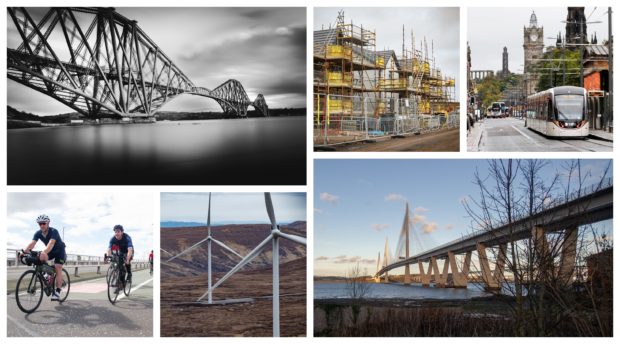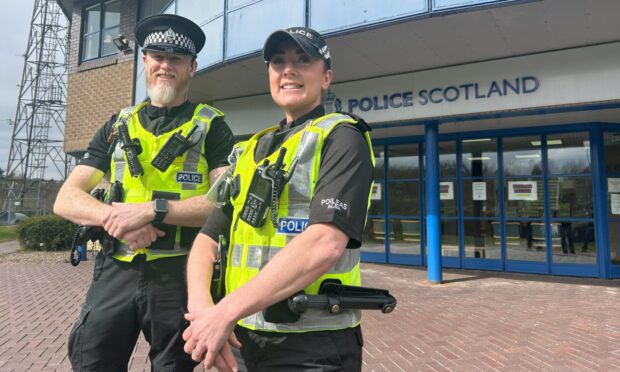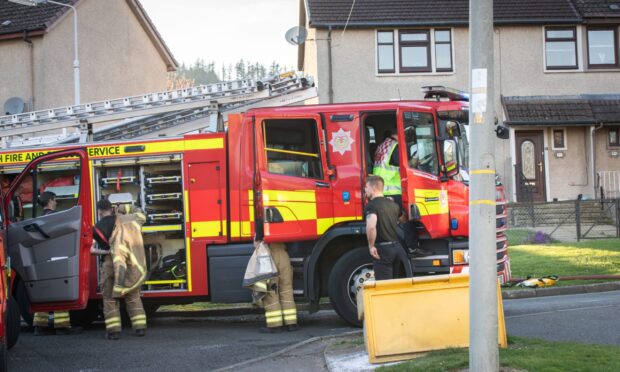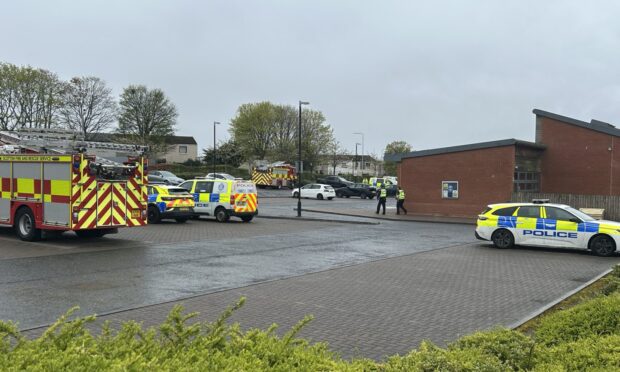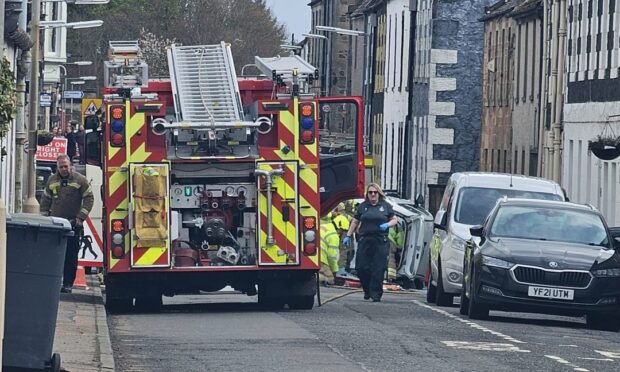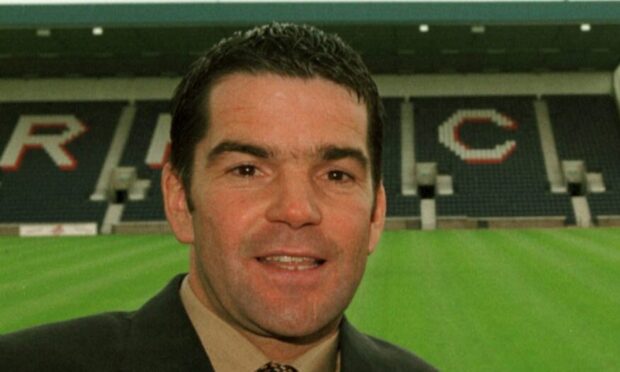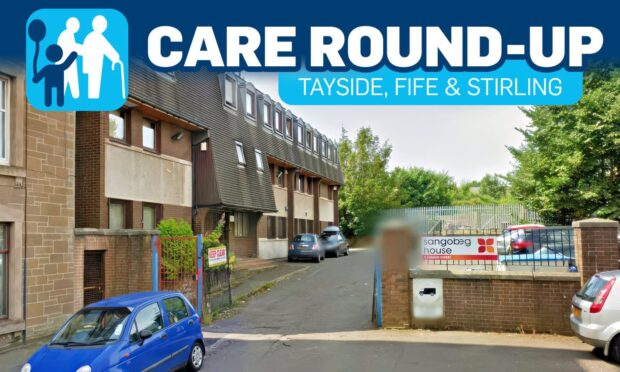Thousands of new homes, improved road, rail and sea links and an extension of the Edinburgh trams into Fife have been drawn up as part of an infrastructure wish list for the kingdom.
Ambitious plans designed to help Fife prosper over the coming decades have been drafted by planning authorities in Edinburgh and South East Scotland – the first interim Regional Spatial Strategy for the area.
It is due to go before Fife councillors for ratification next week before submission to the Scottish Government.
The strategy provides a framework to press Holyrood ministers on several issues seen as essential to strategic development, such as funding of key infrastructure projects and the development of a co-ordinated transportation strategy for the entire Edinburgh City Region.
While none of the plans detailed in the document appear to have been costed, the wish list is designed to focus the minds of all parties moving forward.
For Fifers, the strategy highlights a commitment to building more than 21,000 new homes with mixed business and commercial development across the region, most notably in the former Fife coalfield communities through to Levenmouth to regenerate areas most in need.
Connectivity is also a key plank of the document, with reference repeatedly made to enhancing import and export infrastructure at Rosyth and linking it to improved road and rail corridors – including freight rail access – via the M90, A92 and Fife Circle.
The reopening of the Alloa to Dunfermline line, potential freight/passenger ferry links at Rosyth and Burntisland, and even the potential to extend Edinburgh’s tram line to south Fife are all among the ideas outlined.
Councillor Russell Imrie, SESplan convener, said a funding regime is now needed to support an “infrastructure first” approach to development after previous planning documents were rejected by ministers.
Doubt had been cast on the capacity of roads and transport infrastructure to cope with the level of growth proposed.
Mr Imrie said: “The South East of Scotland has for many years been the powerhouse of the Scottish economy.
“The six authorities in the southeast have worked individually and in partnership to ensure growth occurs while ensuring the protection and enhancement of the regions important environmental and culture assets.
“The authorities have and will support the right developments in the right place, particularly where they increase opportunities for our businesses, people and communities.
“I believe that the strategy provides a flexible framework to address the challenges ahead and we remain, as a partnership, committed to working with government and agencies to ensure that the necessary investment to support the strategy is in place.”
Other Fife-specific content includes a commitment to supporting planned growth in St Andrews and Cupar, along with the Eden Campus at Guardbridge, with a pledge to recognise opportunities in more rural areas to the west and east for low carbon renewable energy and food production.
Opportunities for renewable energy innovation will also be pursued, with mention made of the H100 Fife hydrogen project at Levenmouth and district heating schemes which can contribute to a green economic recovery.
The lack of cross-Forth passenger/freight services is mentioned and the strategy highlights Rosyth, Burntisland, Leith and also the former Cockenzie power station site on the south of the estuary as worthy of further exploration.
